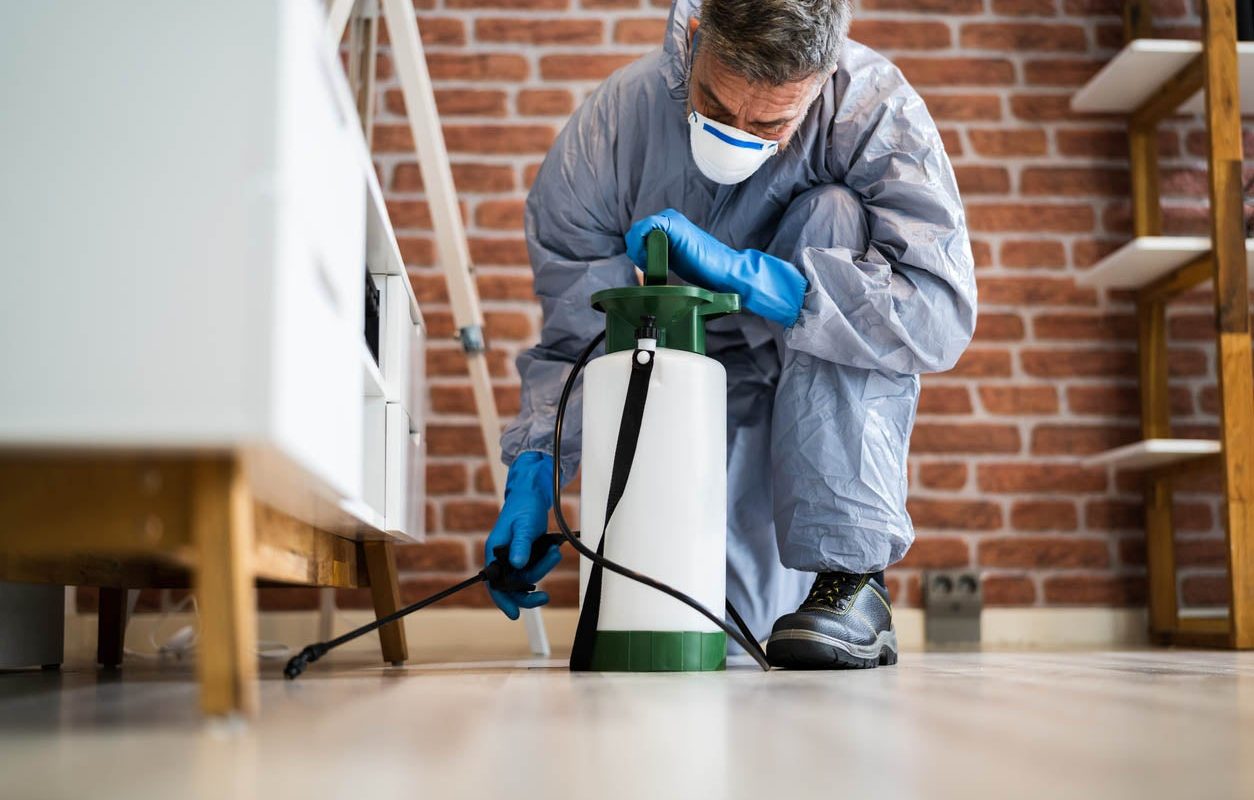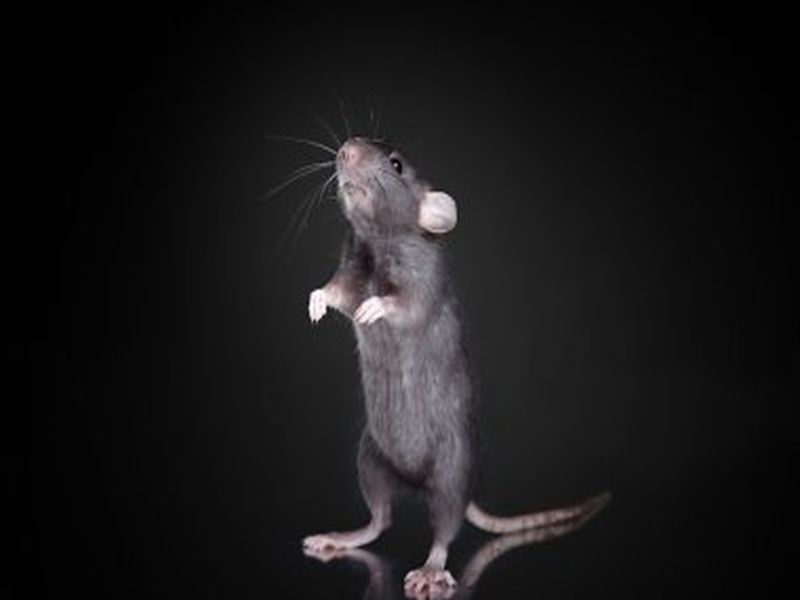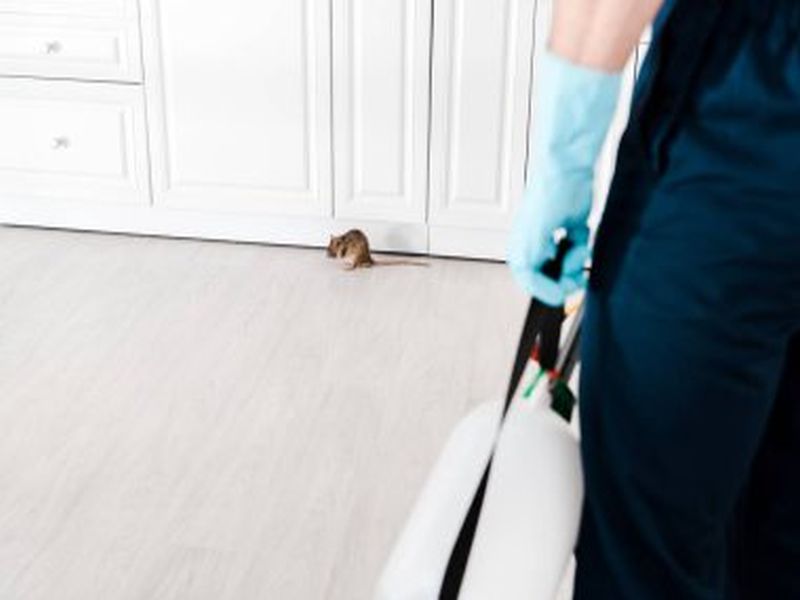The beauty of wildlife watching can be a magical and unforgettable experience. However, it’s important to remember that we are just visitors in their natural habitats. To ensure that the wild animals continue to thrive, it’s essential to practice safe pest control methods.
The use of chemicals and pesticides is a common method for controlling pests, but this can have severe consequences on the environment. These chemicals not only harm the insects they target but also other beneficial organisms, such as birds and pollinators. Additionally, when these chemicals enter water bodies or soil, they can contaminate them and harm aquatic life.
1. Natural Predators
Introducing natural predators into your area is an effective way to control harmful pests without harming the environment. For example, if you have a rodent problem on your property, consider getting a cat or attracting owls by providing nesting boxes or perches for them.
2. Mechanical Traps
Mechanical traps are another eco-friendly option for pest control as they do not involve harmful chemicals. These traps work by capturing pests without causing any physical harm or releasing toxins into the environment. Once caught, you can safely release the animal back into its natural habitat.
3.Reduce Attractants
Many pests are attracted to food sources left outside https://www.cylex-australia.com/company/safe-pest-control-pty-ltd-23903178.html in attics or storage sheds like birdseed, pet food spills and garbage cans with no lids.Employing techniques such as keeping lids tightly sealed on garbage cans and avoiding leaving out unsecured pet food containers will discourage animals from visiting your property in search of food sources.
Keeping gardens free of fallen fruits and ensuring compost bins are properly contained within sturdy composting bins,you will deprive animals from coming onto your property searching for snacks.Common fruit bearing trees should ideally be harvested often,taking care not let abundant fruit fall & rot temptingly within reach below.This most likely means daily visits to Apple,Nectarine,Pear & Fig trees over at Vinaigrette hill!
4. Humane Traps
For larger animals such as raccoons, opossums or squirrels that are causing problems on your property, consider using a humane trap. These traps do not harm the animal but simply capture them so that they can be safely released elsewhere.
5. Natural Repellents
There are various natural repellents available in the market that are safe for both wildlife and the environment. These include peppermint oil, garlic spray, and cayenne pepper which can all be used to repel insects and small mammals from your property without causing any harm.
In addition to these methods, it’s important to regularly inspect and seal off any potential entry points for pests into your home or property. This will not only prevent pest infestations but also protect both humans and wildlife from potential conflicts.
By implementing these safe pest control methods, you’ll not only protect the environment but also help preserve the natural habitats of our furry friends. It’s essential to remember that we share this planet with diverse forms of life and it’s our responsibility to ensure their safety while still effectively managing pests in a humane manner. So next time you decide to tackle a pest problem, remember to do so in an eco-friendly way!




